Steem Farm Monday Theme - Growing of Pepppers-
Growing Peppers
Peppers are a breeze to develop. Essentially, you plant them and watch them take off! Be that as it may, for most extreme generation, a touch of spoiling makes a difference. Plant peppers in a bed that gets full sun. Give a sandy topsoil soil that channels well and contains a lot of natural issue. Contingent upon the extent of the pepper assortments planted, separating ought to be 12-18 inches separated. Peppers can twofold as ornamentals, so tuck some into flowerbeds and fringes. Most sweet peppers develop in 60-90 days; hot peppers can take up to 150 days. Remember, nonetheless, that the quantity of days to development expressed on the seed parcel alludes to the days subsequent to transplanting until the point when the plant delivers a full-sized natural product. You should include 8-10 weeks for the time amongst sowing and transplanting which implies a large portion of us will begin pepper plants inside in January or February!
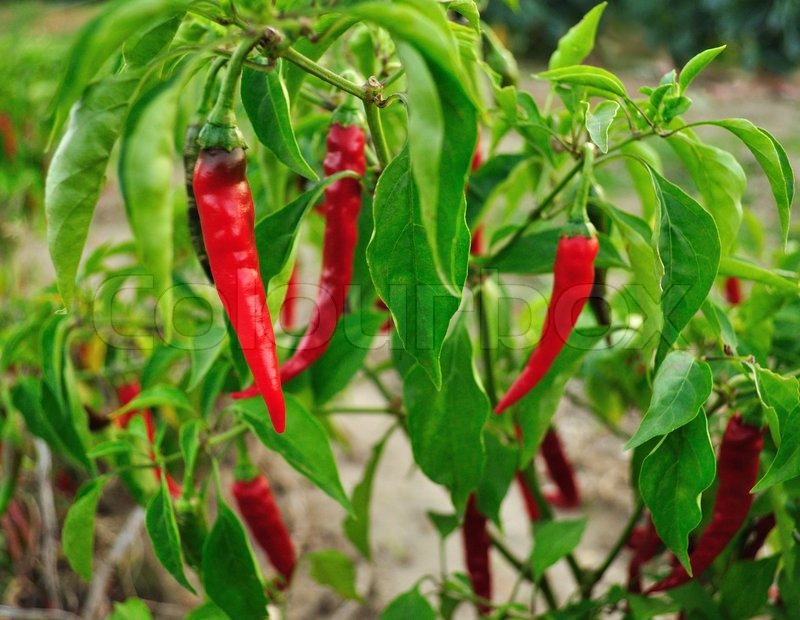
In case you're new to developing peppers, you might need to begin with one of the early assortments, similar to the chime pepper 'Early Crisp' or the 'False Alarm' Jalape– o assortment. However, truly, attempt any assortment and you're probably going to be satisfied.
PLANT HISTORY
Peppers were developed broadly in Central and South America, Mexico, and the West Indies well before birth of Christ. Be that as it may, it was Columbus and other early voyagers who acquainted peppers with an inviting European market. Indeed, the pepper is a noteworthy New World commitment to the food of the Old World. The Europeans turned out to be so partial to peppers, they conveyed them all through the known world.
By the seventeenth century, peppers were developed in Europe, as well as in a lot of Asia and Africa.
Strangely, despite the fact that peppers are indigenous to the Americas, they were not acquainted with North America until the point that they touched base with the early pilgrims - something of a roaming course!
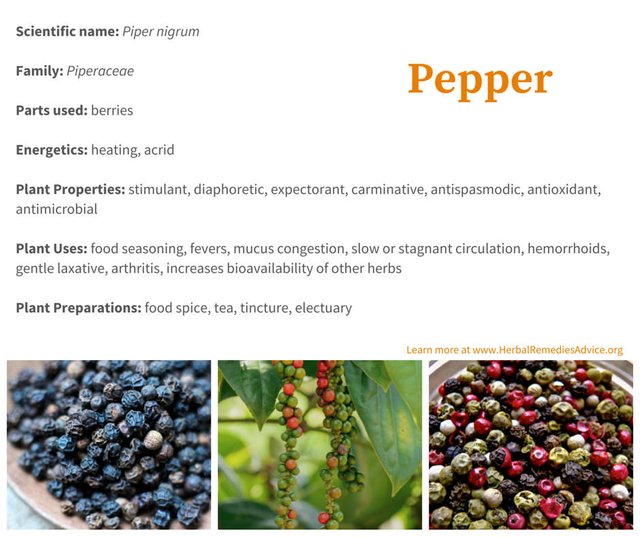
PEPPER SEEDS
Just nursery workers who appreciate long developing seasons in the Deep South should endeavor to sow pepper seed specifically in the garden. The greater part of us must begin our own particular plants inside around 8-10 weeks before transplanting, which ought to be completed 2-3 weeks after the normal last ice.
Most pepper seeds grow in about seven days at a temperature of 70-80 degrees F., yet germination can be spotty relying upon assortment. Hot peppers can be exceptionally finicky. To speed the procedure, put the seeds between soggy sheets of paper towel, place them in zippered plastic sack, and put the pack in a warm place (the highest point of the icebox works fine). When the pepper seeds grow, deliberately plant them in singular holders, for example, pea pots. At the point when the primary genuine leaves create, move the plants to a bright southern window until the point that you can transplant them into the garden. Try not to set out your pepper transplants until the point when night temperatures normal around 55-60 degrees F.
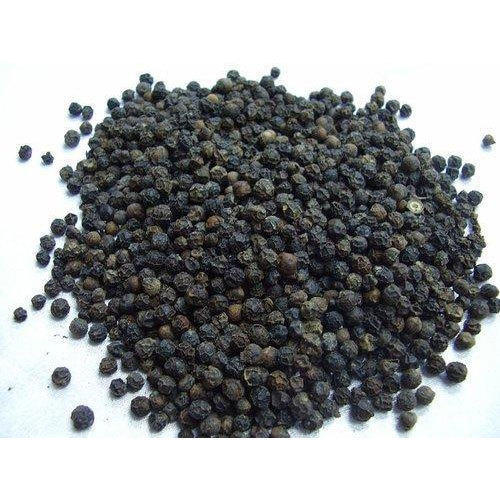
CULTIVATION
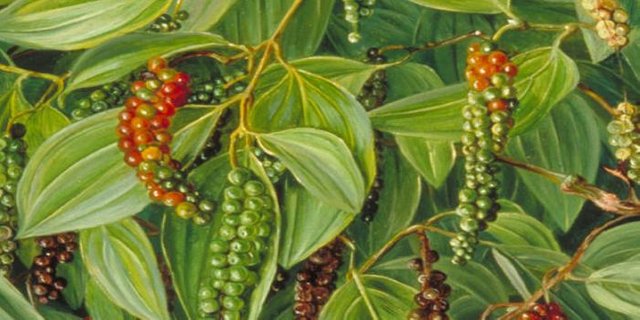
- Water with some restraint
Peppers are parched plants! They require a direct supply of water from the minute they grow until the finish of the season. Notwithstanding, peppers won't endure an immersed soil that waterlogs their underlying foundations. The dirt must deplete well, yet hold enough dampness to keep the plants underway. To keep up an appropriate adjust, before transplanting, work some natural issue into the dirt to upgrade dampness maintenance. Utilize mulch to keep intemperate dissipation from the dirt amid the dry summer months.
- Don't over Fertilize
This tends to make the pepper plants create lavish foliage to the detriment of natural product generation. Peppers are light feeders. On the off chance that you work 5-10-10 compost into the dirt before transplanting, that is likely adequate. You can likewise side-dress the plants with a light sprinkling of 5-10-10 when blooming begins, just to give them a lift if necessary.
PEPPER GROWING TIPS
To enhance general pepper generation, think about utilizing the accompanying procedures.

- Plastic Mulch
To get a solid start with your peppers, especially in the North, cover the readied bed with a dim hued polyethylene mulch no less than seven days before transplanting. This will warm the dirt underneath and give a superior developing condition to youthful pepper plants. The mulch will likewise enable the dirt to hold dampness all through the season as the plants develop.
- Companion Planting
On the off chance that you hone this procedure, have a go at planting peppers close tomatoes, parsley, basil, and carrots. Try not to plant peppers close fennel or kohlrabi.
- Staking
Peppers are effectively harmed when weighed down with natural product. For help, attach the plants to stakes utilizing old nylons, which have some 'give' as the stems grow. Try not to utilize wire turn ties or twine which will step by step interfere with or even snap the stem.
INSECTS and DISEASES
For the most part, peppers are sans issue. Similar bugs and sicknesses that torment different individuals from the Nightshade family (tomatoes, potatoes, and eggplants), in any case, will once in a while assault peppers. With a couple of insurances, you can keep your peppers "clean."
Utilize natural pesticides to take out normal nuisances. Damaging caterpillars like cutworms, tomato hornworms, and borers are effectively controlled with Bacillus thuringensis (BT or Thuricide). Rotenone and pyrethrum will promptly deal with pepper slimy parasites and weevils, leaf mineworkers, bug creepy crawlies, and aphids.

PEPPER HARVESTING
Like cucumbers and summer squash, peppers are generally collected at a youthful stage. The customary chime pepper, for instance, is gathered green, despite the fact that most assortments will develop red, orange, or yellow. Peppers can be gathered at any phase of development, however their flavor doesn't completely create until development. This makes an issue for the home planter.
Visit reaping expands yields, regularly at the forfeit of flavor. On the off chance that you ceaselessly pick the peppers previously they develop, the plants will keep on producing natural product in their journey to create reasonable seed.
Enabling organic products to completely mature upgrades enhance, frequently at the forfeit of yields. Additionally, you should hold up until the point that late in the season before collecting table-prepared peppers.
To stay away from this issue, and on the off chance that you have enough garden space, plant no less than two of each pepper assortment you've chosen. Enable one plant of every assortment to completely age to development, and collect the other all through the season. Likewise, when picking peppers, avoid pulling on the natural product, which may sever a branch or even evacuate the whole plant. Utilize a sharp blade or garden shears to cut the intense stem.
.jpg)
RECIPES and STORAGE
For greatest flavor, eat peppers around the same time they are picked. You can likewise abandon them on a kitchen counter for a day or two to age further. Try not to put peppers in the crisper cabinet or in plastic wrap or packs in the fridge. Peppers are warm-climate products of the soil not store well in frosty temperatures. On the off chance that you have excessively numerous peppers, think about the accompanying stockpiling choices.
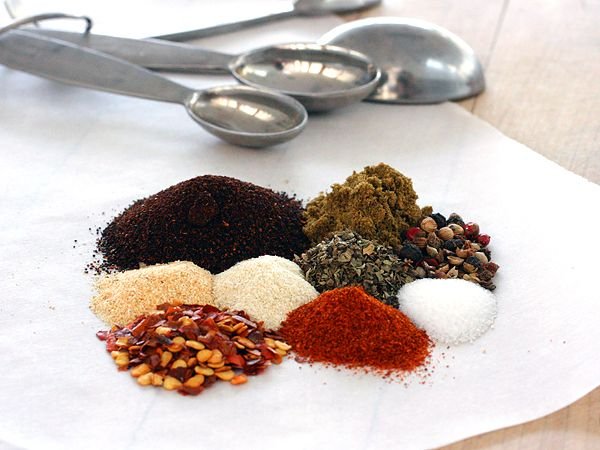
- Freezing
This is the most effortless stockpiling technique, however the peppers will be delicate when defrosted. The flavor is held, be that as it may, so utilize solidified peppers fundamentally to add 'zest' to soups, stews, and sauces. In the event that you stuff the peppers previously solidifying, you'll have an instant supper, ideal for the microwave.
- Pickling
Peppers can likewise be safeguarded by canning them, however they're low-corrosive products of the soil require canning under strain. It's simpler to pickle peppers as you would cucumbers in a vessel loaded with a basic saline solution of some water, some vinegar, and 1/some pickling salt. Include a clove or two of garlic and some new herbs for included flavor.
- Drying
This technique works best with the thin-walled hot peppers, especially the littler assortments that can be dried entire appropriate on the plant. The way to drying peppers is doing it gradually to hold their shading and flavors.
https://steemit.com/steemit/@prometheusrisen/beware-of-smartsteem-scam
Congratulations @moize! You have completed some achievement on Steemit and have been rewarded with new badge(s) :
Click on any badge to view your own Board of Honor on SteemitBoard.
To support your work, I also upvoted your post!
For more information about SteemitBoard, click here
If you no longer want to receive notifications, reply to this comment with the word
STOP